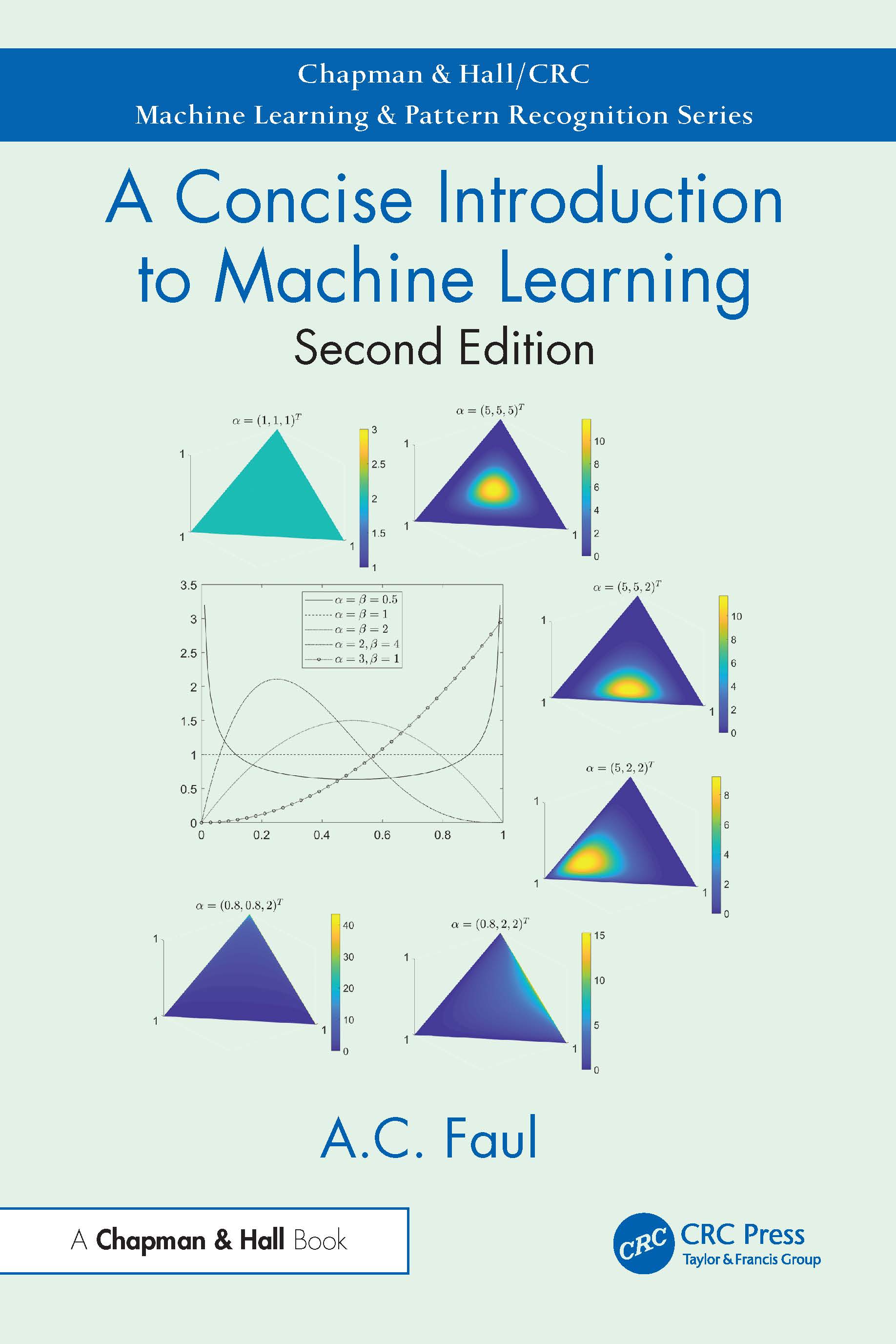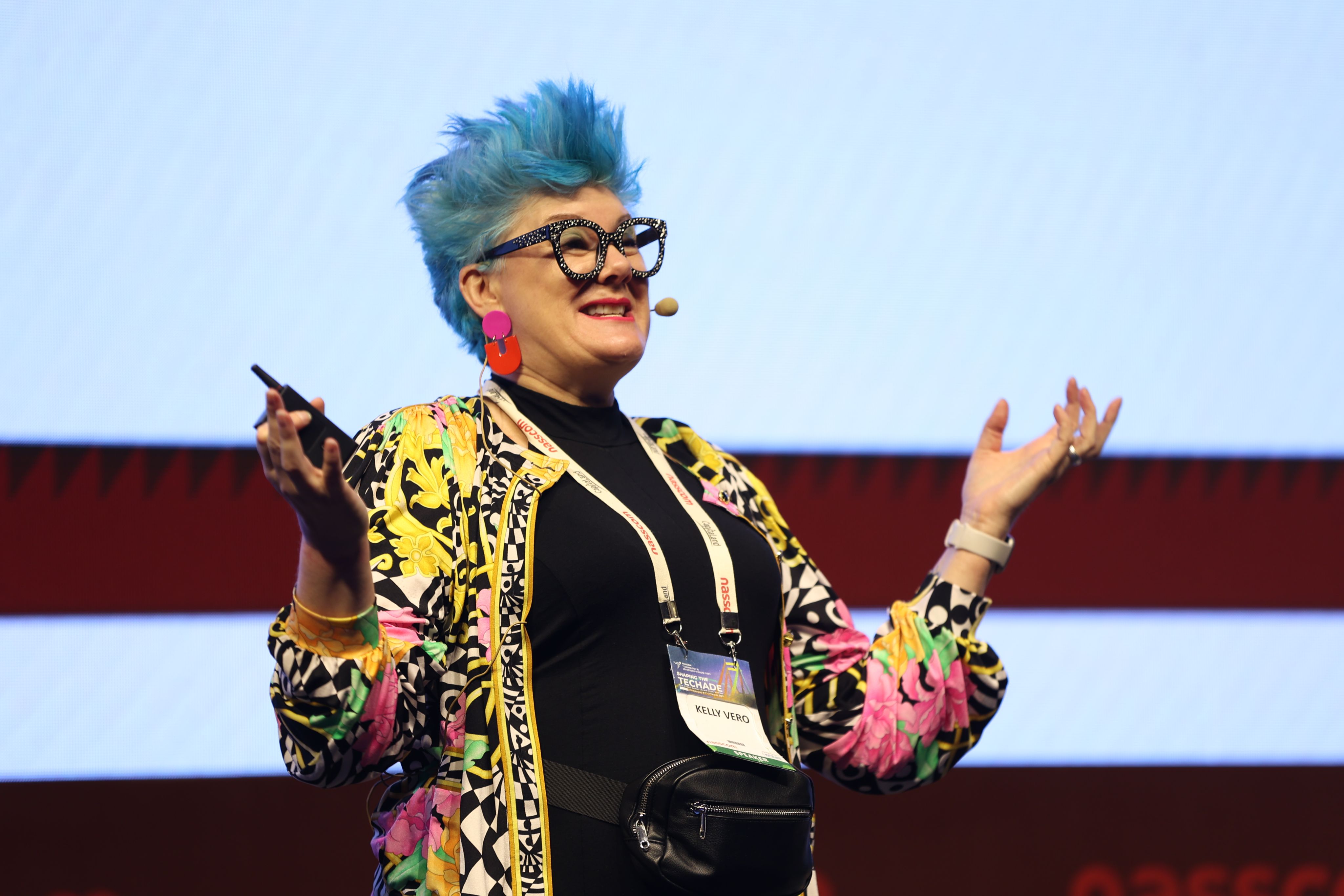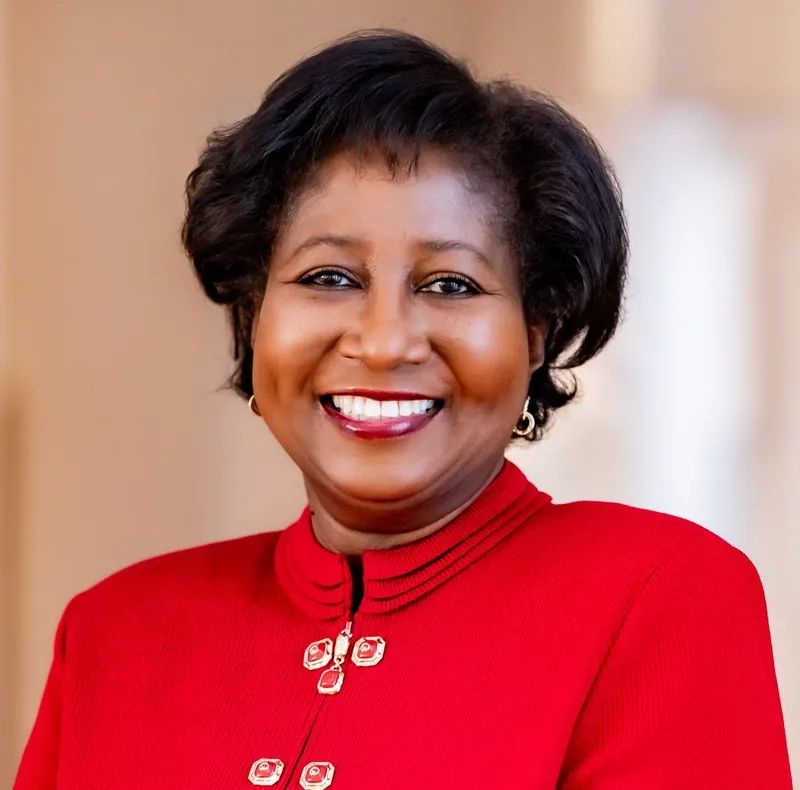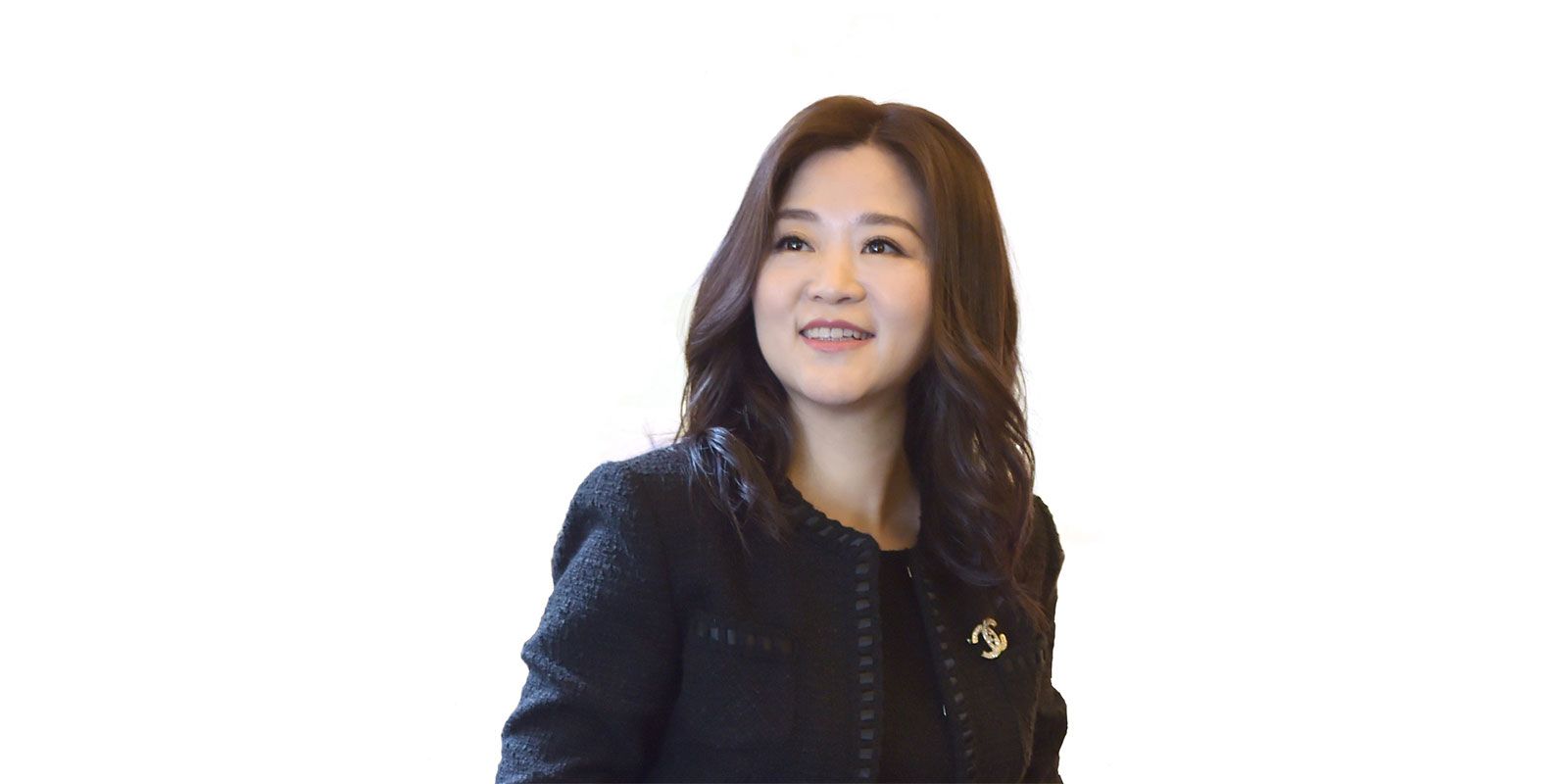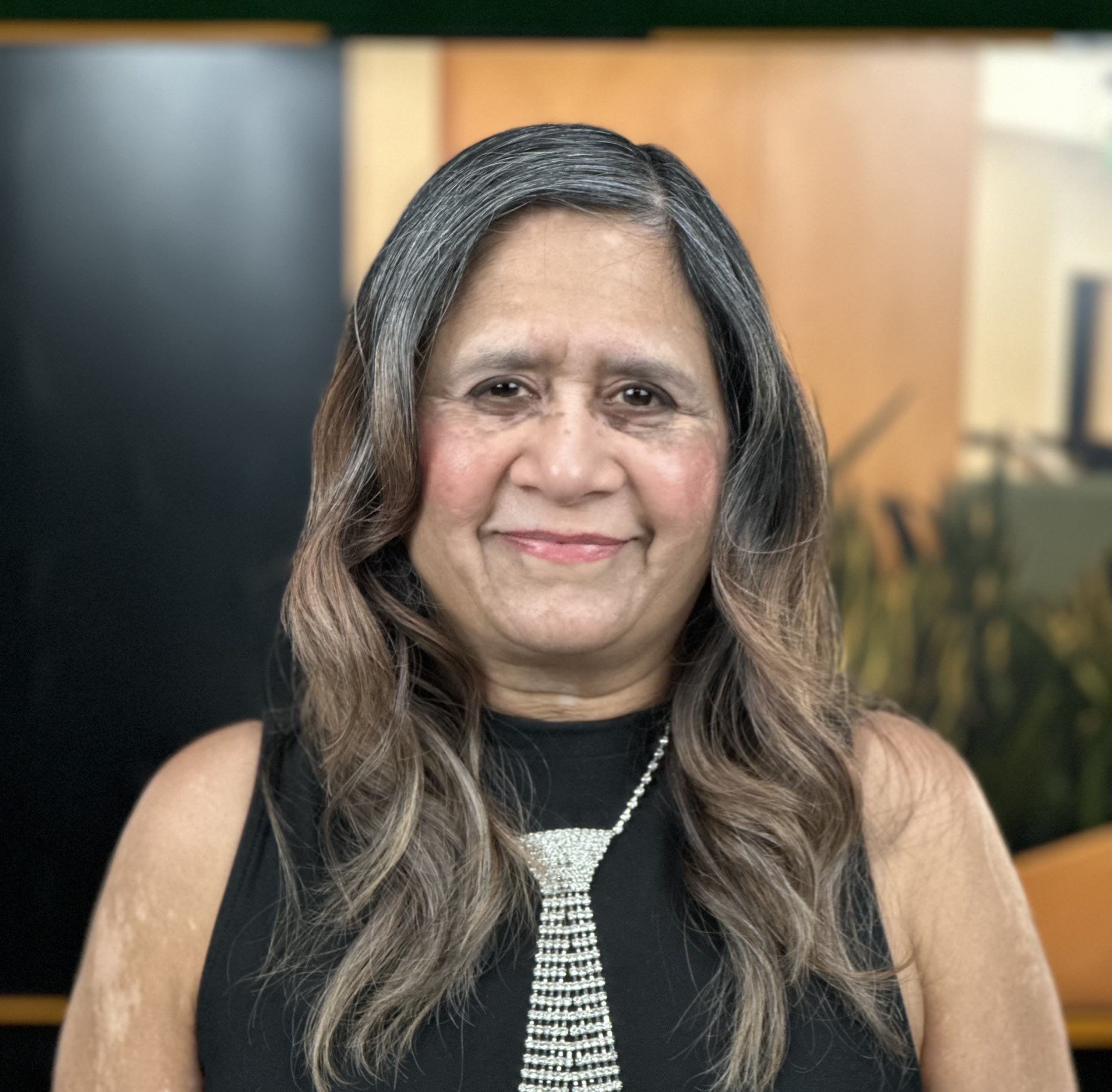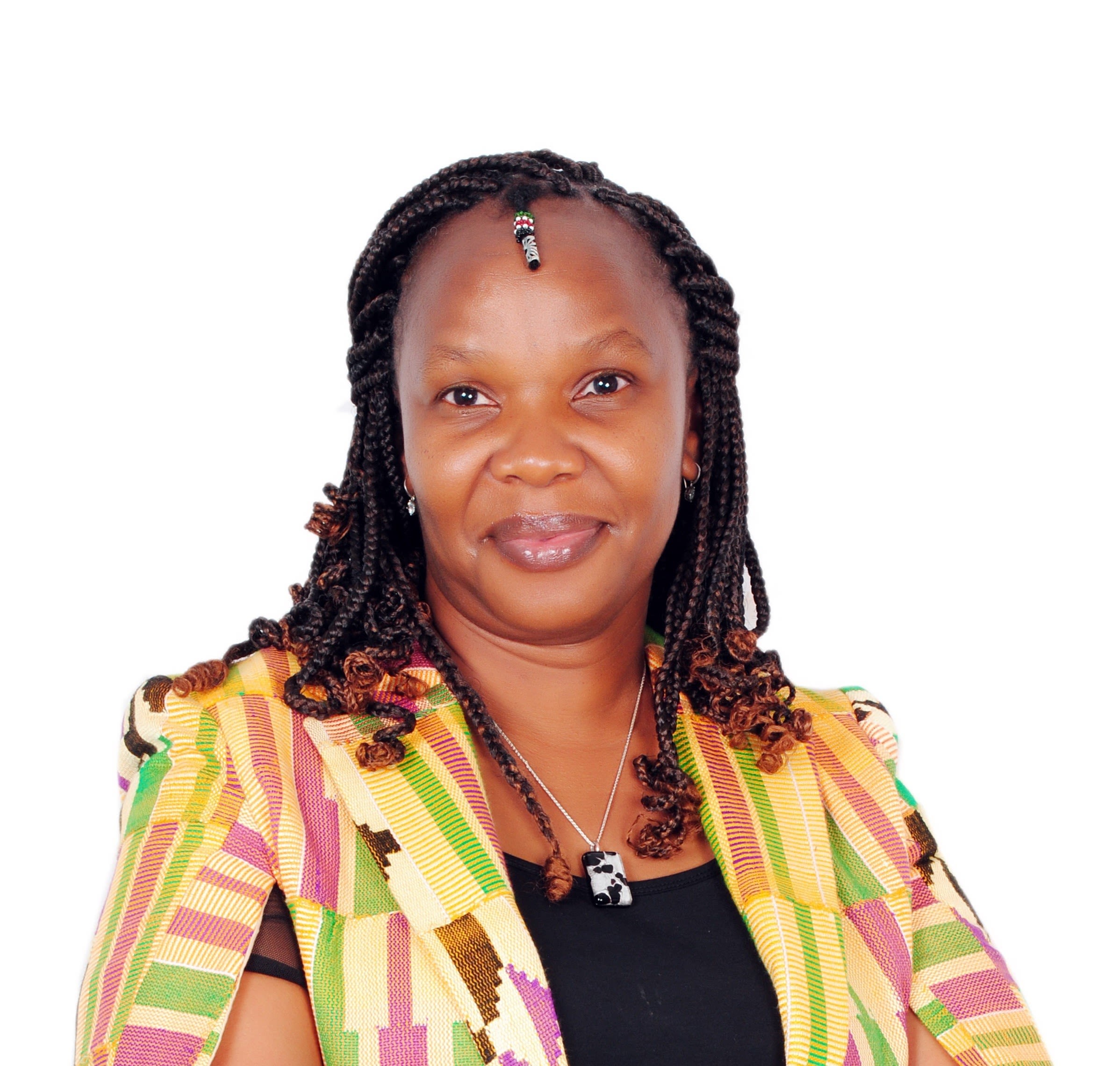Inspiring women in AI: Dr. Anita C. Faul
Dr. Anita C. Faul is a mathematician, algorithm developer, and educator.
She's the author of articles and books including A Concise Introduction to Machine Learning and A Concise Introduction to Numerical Analysis.
I am still excited when the mathematics of an algorithm reveals itself...
In this interview for our inspiring women in AI series, she shares insights on her career in AI and why she's leaving the sector to become a teacher.
She discusses her work on influential algorithms, the importance of critical thinking in AI, and the need for ethical considerations in AI development.
"AI is promoted as the solution to all our problems, however, it only shows us a different angle of the problem"
What AI-related projects are you currently working on?
I am currently not working on any AI projects, since I am pursuing a career change.
I am training to become a secondary school teacher. This move is inspired by AI.
AI is promoted as the solution to all our problems. However, it only shows us a different angle of the problem and an answer from this angle.
Understanding the underlying system and how the AI arrived at its answer is a different matter. AI systems have grown too complex to enable insight. It is paramount to be critical about the answers by AI, especially in the sphere of human and social rights and equity.
A good place to teach critical thinking is with the next generation. In my experience, they are actually more critical than many adults, perhaps because they grew up with such media.
What inspired you to pursue a career in AI and related fields?
I started off with a PhD in Numerical Analysis, which concerns algorithms for many different scientific problems.
AI are algorithms, often developed in practice in different fields. So I drifted across into AI.
Many algorithms started out by someone tinkering with the software. We need mathematics to formalize this. My book, A Concise Introduction to Machine Learning, provides a foundation to do so.
There are two algorithms I worked on that are still used frequently.
The first is the Faul-Powell-Goodsell algorithm, which interpolates data. In AI terminology, this is regression. I proved the algorithm to converge to the solution. That property made it popular.
The second is the Relevance Vector Machine on which I worked with Mike Tipping. It gives probabilistic meaning to each part of the model choice for the data. The algorithm starts from a simple model and adds complexity if the data is not explained well enough yet, incorporating Occam's razor, aka the principle of parsimony. Both algorithms have in common that the true model of the data lies in a high-dimensional space. That space is explored systematically to arrive at an approximate model. I like the reasoning in both algorithms.
I am still excited when the mathematics of an algorithm reveals itself.
What recent or potential breakthroughs in AI are you most excited about?
I am still a mathematician at heart. Mathematics distills practice into core concepts. AI is at the beginning of this process, for which mathematics had centuries to develop.
Most recently, I was introduced to the works of Ravuri and Lawrence on a unifying framework for t-SNE, UMAP, etc. This is exciting because it will further the understanding, and with that, breakthroughs are possible.
I'm excited to see them improve the use of LLMs (large language models) for better interactions.
What potential risks or downsides of AI development concern you?
The greatest risk is a blind trust in AI.
Ethical considerations that lead to regulatory frameworks that get monitored, reviewed, and updated are paramount.
In this, sustainability needs to be a factor as well.
What challenges have you faced as a woman in the AI field, and how have you overcome them?
The first one is not with regard to being a woman, but with regard to a power imbalance which someone tries to use to their advantage, in particular taking advantage of my skill.
Often women are affected by this.
For myself, I sooner or later walked away from these situations. I am lucky to always have been able to do so.
What initiatives or changes would you like to see to encourage more women to enter the field of AI?
This brings me back to my career change.
We need to get them young, show them that their thoughts are important (even if the boys in the classroom are louder), and make AI accessible with simple, reproducible, but exciting problems that can be extended to problem-solving.
There are a few on my GitHub. I hope to develop more, especially for school pupils.
What advice would you give to young women considering a career in AI?
I would advise them to be careful with whom they surround themselves.
Always have a paper trail. After conversations, send off an email with the details of the conversation so what has been agreed or disagreed on is in writing.
When discussing projects, discuss co-authorship and intellectual property rights upfront. This might feel very awkward, but others will prey on this awkwardness. To professionals in either academia or business, such discussions are no surprise. They are actually expected.
What advice would you give to other women for getting started with using AI in their research, work, or life?
It is the same advice I give to men: Start small!
My PhD supervisor, Mike Powel, was known to play through an algorithm with pen and paper. I have only a few times seen such an intuitive understanding of how numbers flow and change while they progress through an algorithm.
I liked to give students a problem to solve with AI, but challenge them with how small they can make the system, e.g., how few layers and neurons in a neural network. Often it is surprisingly few. The smaller the system, the easier to understand and improve.
I improved the two algorithms mentioned before, by separating out one dimension from the high-dimensional space where the true solution lies and examining what knowledge I can gain from there.
 China
China Africa
Africa


